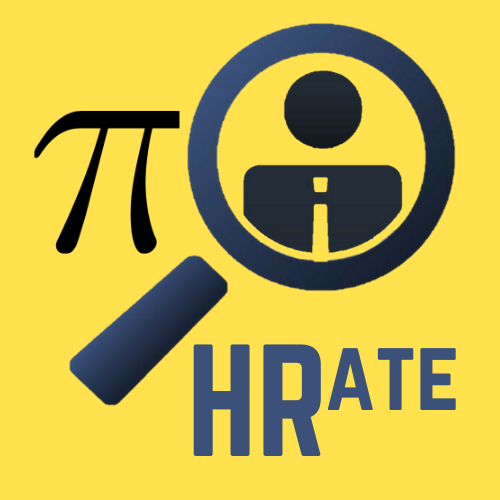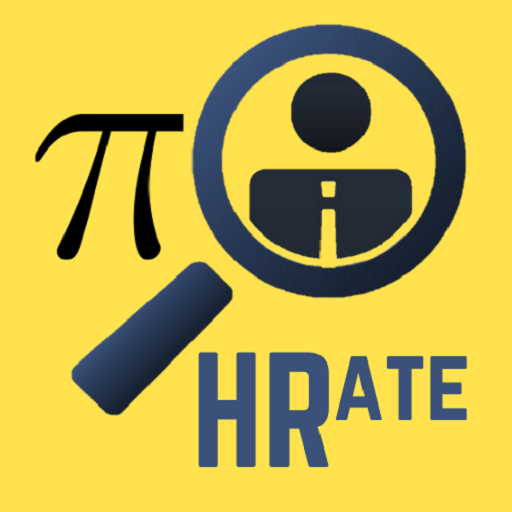Automation is a significant step for each business. An epidemic digitalization of workflows, including human resource processes, brings both hope and fear, enthusiasm and caution.
Automation can free up the HR and recruiting staff from repetitive tasks, improve data security, increase productivity, streamline analytics and so on. Combination of people’s proficiency and powerful HR software can power up the effectiveness of human resource processes for any company. On the other hand, HR cannot be fully automated as it requires face-to-face communication, empathy, and emotions at its core.
It’s ok to track attendance in Google Spreadsheets. Automating time tracking and attendance are becoming the accepted standard that simplifies not only time tracking itself, but also adds value to other business processes. For example, a system for timesheet tracking can streamline the process of creating required reports. Plus, it can be a great asset for managing workloads, billing clients, or tracking annual leave, and eliminate stress to HR managers.
Automating the analytics allows human resource managers to make data-driven business decisions.
One of the most common issues our clients have faced before automation is spending too much time on making reports, instead of brainstorming and analyzing what stands behind these numbers. While data from different sources collects in no time, reports are generated automatically in a unified form, leaving no place for human error or misunderstanding.
Automation also helps to attain a macro-level eye view on your resources. For instance, you can always track the pace of staff turnover, for example, if the number of voluntary resignations in the current year far outweighs the previous year equivalent, then management should investigate the reasons for employee terminations and how to fight the staff turnover.
One more example is analyzing absenteeism metrics. By finding out how often or how long employees are away from their jobs you provide employee engagement. It helps HR investigate the reasons behind absences and take action to improve the factors in the work environment influencing employee engagement.
Predictive analytics that can be a game-changer in HR. Not only does it allow you to collect and analyze the data to identify what works and what needs improvement but it also uses this data to make future predictions.
Predictive modeling is stated to involve four stages: scanning, planning, producing and predicting. It is applied for a wide range of human resource functions, among which are:
- risk modeling: building candidate profiles with high risk of leaving or performing inconsistently with requirements.
- talent forecasting: predicting which applicants or newcomers are likely to be goal-oriented, gifted employees basing on profile analysis.
- predictive retention modeling: identifying high-risk workforce, building profiles, predicting leadership and other personal needs of employees.
- response modeling: using data from the past to focus on the channels for contacting candidates that really work and refuse those that don’t.
- turnover modeling: foreseeing the future turnover of the business in different departments and countries. It benefits hiring efforts, reduces empty desk time and panic hiring and thus lowers cost and improves quality hiring.
The opportunity for HR automation doesn’t end there, the possibilities end only when you fulfill your needs. Ready-made apps can use to cover specific HR functions.



